| Plant Habit: | Shrub |
| Life cycle: | Perennial |
| Sun Requirements: | Full Sun Full Sun to Partial Shade |
| Water Preferences: | Wet Wet Mesic Mesic |
| Soil pH Preferences: | Slightly acid (6.1 – 6.5) Neutral (6.6 – 7.3) Slightly alkaline (7.4 – 7.8) |
| Minimum cold hardiness: | Zone 3 -40 °C (-40 °F) to -37.2 °C (-35) |
| Maximum recommended zone: | Zone 7b |
| Plant Height: | 3 to 6 feet |
| Plant Spread: | 4 to 8 feet and more from suckering |
| Leaves: | Deciduous |
| Fruit: | Other: dry brown capsules in clusters of 5 in conical terminal clusters |
| Fruiting Time: | Late summer or early fall Fall Late fall or early winter Winter |
| Flowers: | Showy Other: slightly fragrant |
| Flower Color: | White |
| Bloom Size: | 6"-12" |
| Flower Time: | Summer |
| Inflorescence Height: | 6 to 12 inches |
| Underground structures: | Rhizome |
| Suitable Locations: | Beach Front |
| Uses: | Erosion control Will Naturalize |
| Wildlife Attractant: | Bees Butterflies |
| Resistances: | Flood Resistant Drought tolerant |
| Propagation: Seeds: | Stratify seeds: can dry seed and cold stratify for a month or more Sow in situ |
| Propagation: Other methods: | Cuttings: Stem Stolons and runners |
| Pollinators: | Moths and Butterflies Bumblebees Bees Various insects |
| Miscellaneous: | Monoecious |
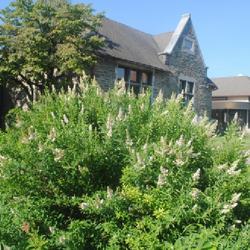
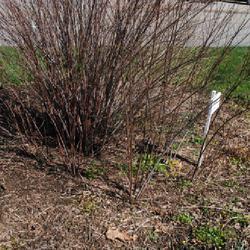
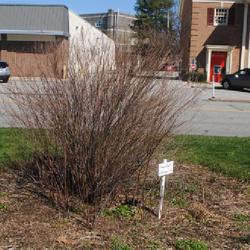
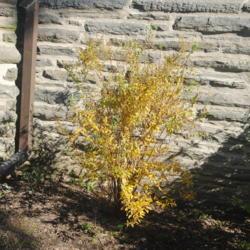
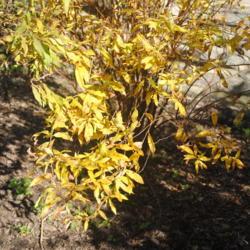
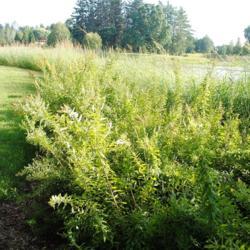

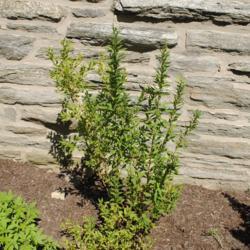

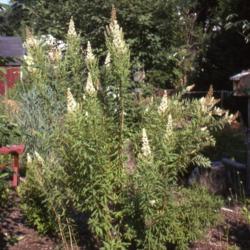
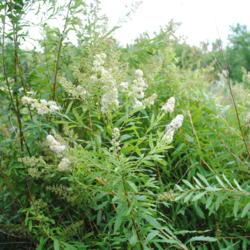
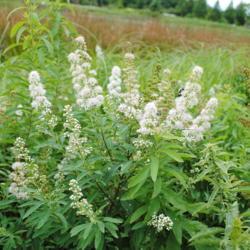


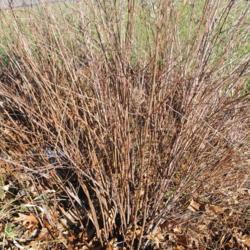
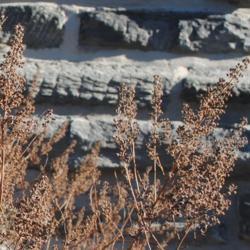


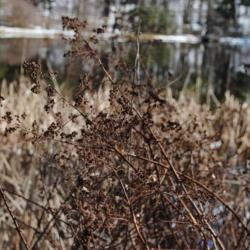
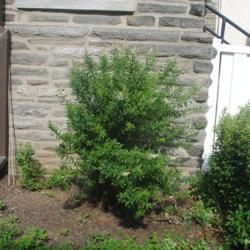
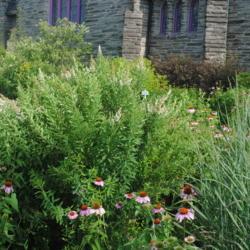
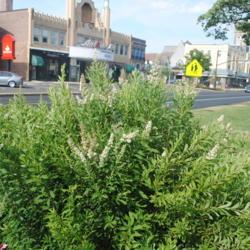
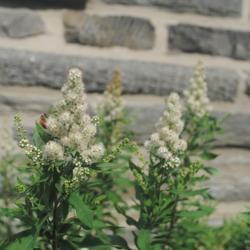
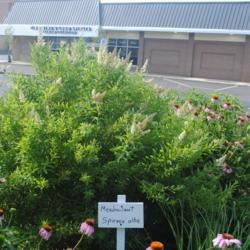
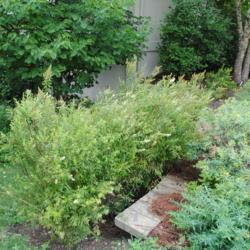
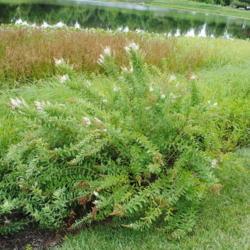

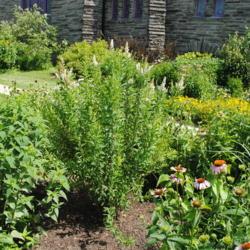
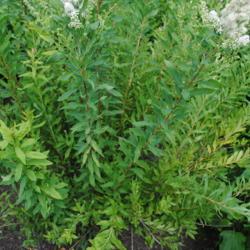
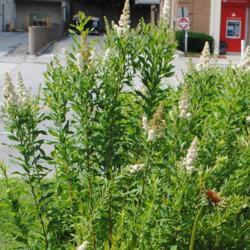
« Add a new plant to the database
» Search the Spiraeas Database: by characteristics or by cultivar name
« See the general plant entry for Spiraeas (Spiraea)